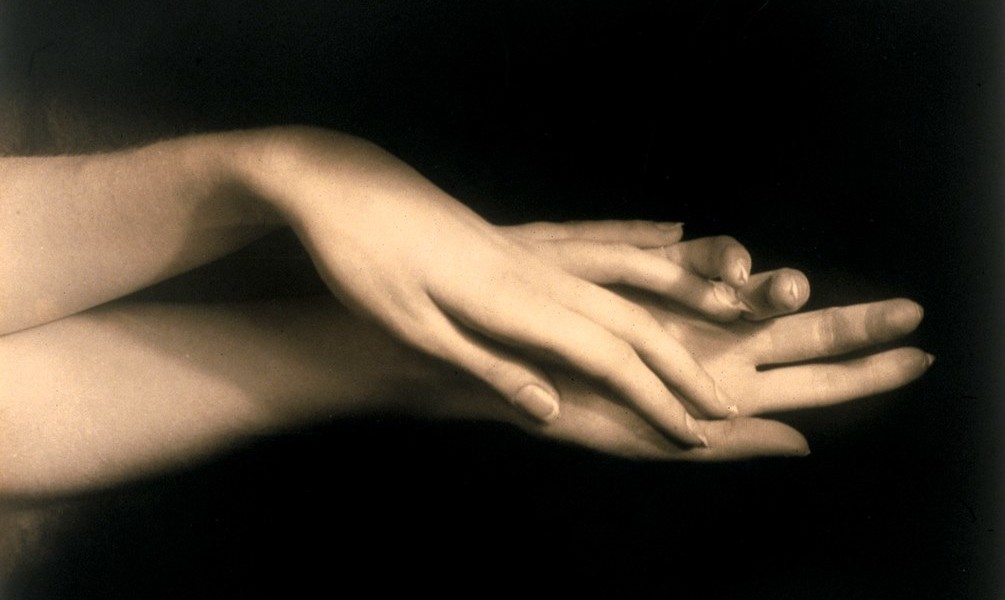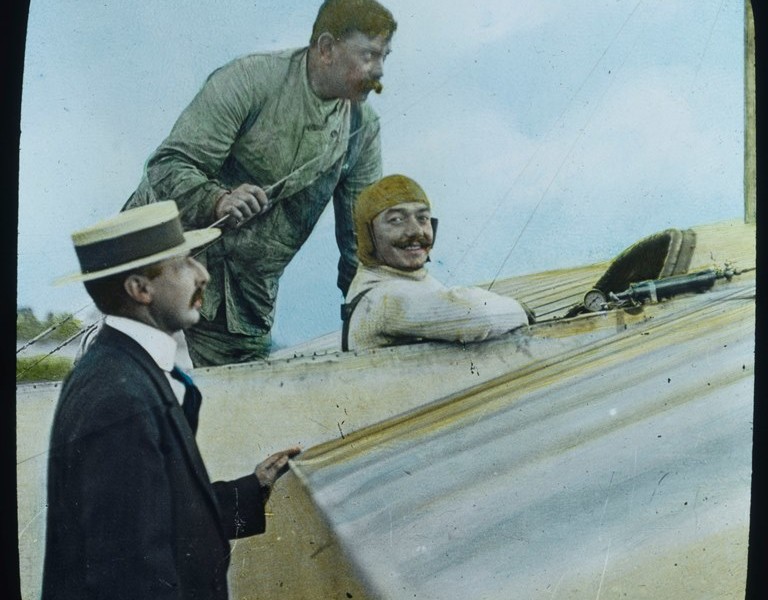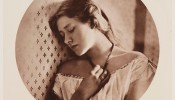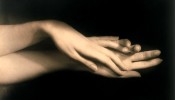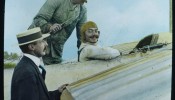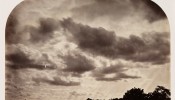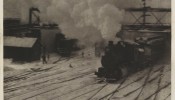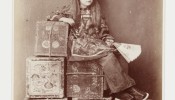The V&A is planning to create the world’s most extensive collection on the art of photography by relocating more than 400,000 objects from SMG’s three-million-strong photography collection, held at the National Media Museum to the V&A.
These photographs will join the V&A’s existing collection of 500,000 photographs to create an International Photography Resource Centre. The new Centre will provide the public with a world-class facility to access this consolidated collection, which will become the single largest collection on the art of photography in the world.
Our ambitious plans for enhancing digital access, collaborative research, touring exhibitions and creating an International Photography Resource Centre will mean that future generations of visitors and researchers will benefit from these examples of the most important artistic developments in artistic photographic history
The National Media Museum in Bradford – one of the four museums that make up SMG – is refocusing its photography collections to align with its own strategic emphasis on the science, technology and culture of light and sound.
The National Media Museum will retain the collections which support an understanding of the development of photographic processes (such as the Kodak collection), the ongoing cultural impact of photography (such as the Daily Herald archive) as well as photographic archives that have specific relevance to Bradford (such as the Impressions Gallery archive). The move reinforces Director Jo Quinton-Tulloch’s new focus on STEM (science, technology, engineering and maths) at the National Media Museum, heralded by a new £1.5 million interactive light and sound gallery due to open in March 2017.
The decision represents a reunion for some of these images, which were once part of a single collection at the 19th century South Kensington Museum before it divided into the V&A and the Science Museum. The collection being transferred encompasses exquisite vintage prints, the world’s first negative, unique daguerreotypes and early colour photographs, as well as important albums, books, cameras and the archives of major photographers. At its heart is the Royal Photographic Society (RPS) Collection, which charts the invention and development of photography over the last two centuries.
“The V&A and Science Museum Group have shared origins and uniting our complementary collections will create a peerless historical and artistic photography resource,” said V&A Director, Martin Roth. “Our ambitious plans for enhancing digital access, collaborative research, touring exhibitions and creating an International Photography Resource Centre will mean that future generations of visitors and researchers will benefit from these examples of the most important artistic developments in artistic photographic history.”
Once transferred, the collection will be stored, digitised and made accessible for study. In the short term, the permanent gallery space dedicated to photographs at the V&A will be doubled. A second phase will see the opening of an International Photography Resource Centre to provide unprecedented opportunities for access, collaborative research and education with this unrivalled collection. As part of the agreement, the V&A will work closely with SMG to give access to the transferred collections for future scholarship and exhibitions.
The V&A will continue to tour and lend its collections both in the UK and internationally. Over the past seven years, V&A photographic exhibitions have travelled to 15 locations across the UK from Aberdeen to Bristol.
Among the Collection
Works by British pioneers William Henry Fox Talbot, Hill & Adamson, Roger Fenton and Julia Margaret Cameron.
The collection also demonstrates Britain’s role as an international hub for photography, with major holdings by artists such as Alfred Stieglitz, Alvin Langdon Coburn, Gertrude Käsebier, Paul Strand and Ansel Adams.
Highlights of the consolidated collection will include Oscar Rejlander’s 1857 ground-breaking composite The Two Ways of Life, Mervyn O’Gorman’s intriguing 1913 autochrome Christina, Yusuf Karsh’s iconic Winston Churchill portrait and Angus McBean’s surreal study of Audrey Hepburn alongside works by contemporary photographers including Martin Parr, Sarah Jones, Susan Derges and Simon Roberts.



